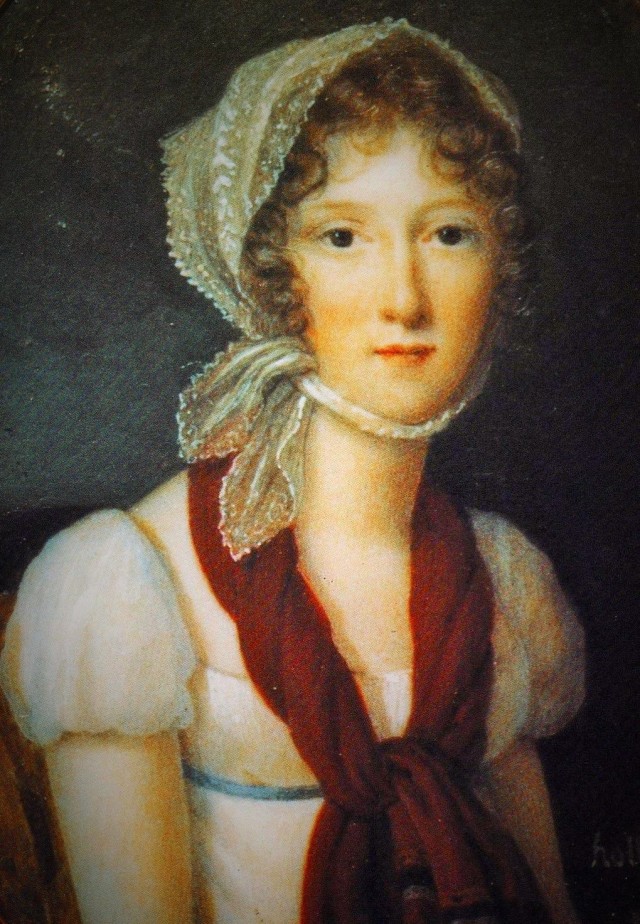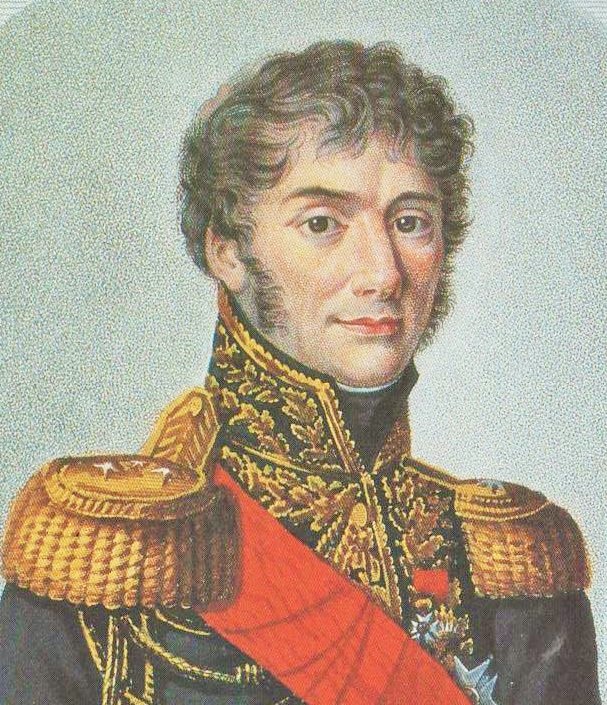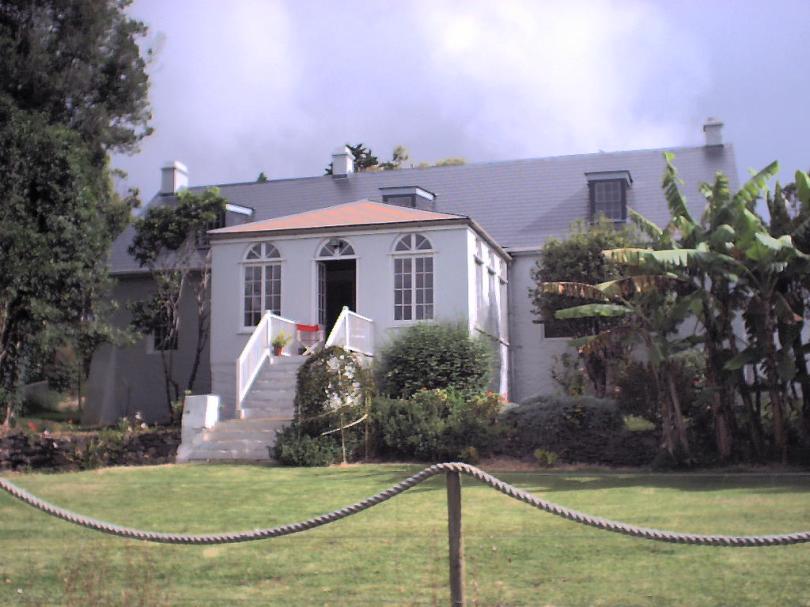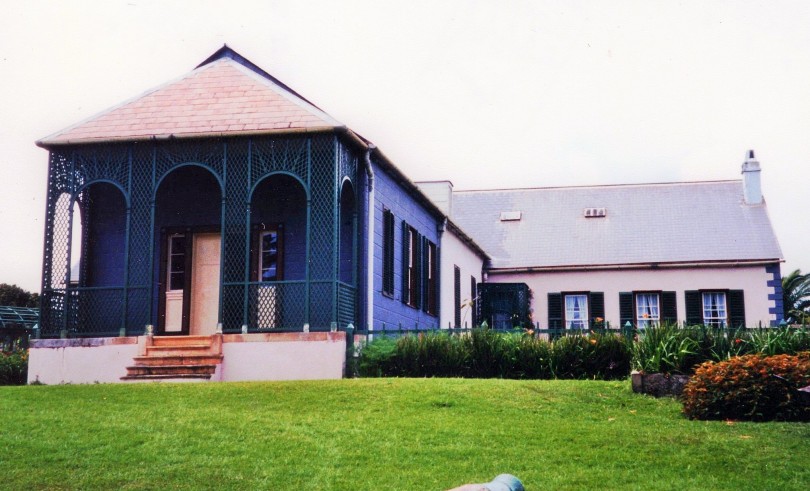It is an absolute pleasure to welcome our lovely guest author, Lally Brown to our blog. She has recently written a book about the amazing life of the Countess Françoise-Elisabeth Bertrand (Fanny Dillon) which is now available to download from Amazon.

Countess Françoise-Elisabeth (Fanny) Bertrand was tall, attractive and charming. An aristocratic lady fond of the latest fashions she was popular, and is said to have possessed ‘a hot and passionate nature’.
Fanny was born on the island of Martinique in the French West Indies. Her mother was a wealthy widow who had married General Arthur Dillon, a British Aristocrat in the service of France. When Fanny was nine her father was imprisoned and subsequently guillotined during the French Revolution.
Her mother’s cousin was the celebrated Empress Joséphine, Napoleon’s first wife. As a result of this connection Fanny found herself treated as a favoured relative by Napoleon and her life became inextricably bound with his.
When she was twenty-three Napoleon arranged for Fanny to marry one of his Generals (later to become his Grand Marshal of the Palace). Fanny was not at all keen. Her suitor, Count Henri-Gatien Bertrand, was thirty-five, boring, and (in Fanny’s opinion) not particularly handsome. She remonstrated with Napoleon ‘But Sire’ she protested ‘Bertrand! The Pope’s monkey to the life!’ However, Napoleon insisted, signing the contract and providing a generous dowry and property. They were married at the home of Queen Hortense on 16th September 1808.

Despite her initial misgivings Fanny was very content with her husband. They were, said friends, ‘Well suited’. Henri was placid, kind and attentive, the perfect balance to Fanny’s more impetuous temperament. He called Fanny ‘My Fiery Creole’. They had five children in the twenty-eight years of their marriage.
All was well until Napoleon’s downfall. First Elba and then Waterloo. Napoleon gathered his Generals around him and planned, initially to go to America. But it was not to be. Hoping to live in seclusion on a country estate in England, Napoleon gave himself up to the British.
Count Bertrand, Fanny and their three children were on board HMS Bellerophon when Napoleon was informed he was being exiled as a Prisoner of War to the remote island of St. Helena in the South Atlantic Ocean. Fanny was distraught. She knew her husband would insist on accompanying his beloved Emperor and she would be obliged to go with them. She burst into Napoleon’s cabin, made a terrible scene, and attempted to throw herself overboard.
But calmed by Henri and assured the exile ‘would not be for long’ Fanny reluctantly agreed to accompany her husband. She suffered greatly from sea sickness on the sixty-seven day voyage and should have been relieved to sight land. I would like to tell you what Fanny said to Napoleon when she saw St. Helena for the first time from the deck of HMS Northumberland, but it is entirely unsuitable for printing in the refined pages of All Things Georgian.

Fanny hated St. Helena. She begged her husband to leave and several times the British offered them the opportunity, but each time Napoleon persuaded Henri to stay. Fanny gave birth to her fourth child, Arthur, on the island, but she also suffered several miscarriages. It was after her last, near fatal miscarriage, that Napoleon finally agreed to their departure, shortly before his death. Fanny was at his bedside with her husband and children when Napoleon died on 5th May 1821.
After almost six years in exile with Napoleon on St. Helena, Count Henri-Gatien Bertrand was granted amnesty on 24th October 1821, his titles and property restored. The family returned to France and on the 6th July 1823, Fanny was safely delivered of a son, Alphonse.
In February 1833 Fanny became ill. She died of cancer at Château de Laleuf on 6th March 1836 age fifty-one.

I became involved with the fascinating Fanny several years ago, when the British Government sent my husband to St. Helena on a two-year contract. Our accommodation was the house built for Count and Countess Bertrand in 1816, just across the road from Napoleon’s Longwood House.

The French Consul on St. Helena, who at that time lived in Longwood House, was my close neighbour. He asked me to help transcribe primary-source archive material relevant to Napoleon’s exile on the island. I became totally engrossed in the research, enthralled by this ‘Palace in Exile’. This little French community of Generals, their wives, children and servants, was dominated by the demands of Napoleon and constrained by restrictions imposed upon them by Lord Bathurst in London, implemented on island by the unsympathetic Governor Sir Hudson Lowe.
I felt enormous sympathy for Countess Fanny Bertrand and found myself compelled to tell the moving story of her life on St. Helena. The result is ‘The Countess, Napoleon and St. Helena – In Exile with the Emperor 1815 to 1821’. Compiled as Fanny’s Diary and conscientiously following the dates and content of the original archive documents, it is an accurate non-fiction account of Fanny’s years on St. Helena.
As a counterpoint to Fanny’s story I have scattered through her Diary a few chapters of my own life on this remote British Overseas Territory in the middle of the South Atlantic Ocean.
I hope you enjoy it!
The Countess, Napoleon and St. Helena: In Exile With The Emperor 1815 to 1821 by Lally Brown.

Absolutely fascinating . Never really heard of the company of people who accompanied Napoleon into exile.
LikeLiked by 1 person
The British ‘restricted’ Napoleon to ‘only’ 12 servants (grooms, taster, footman cook, valet etc) but also his Dr., 4 generals, 2 wives and 4 children accompanied him to St. Helena.
LikeLike
Thought you might be interested to know that not only did Napoleon have his own servants, but twelve sailors from HMS Northumberland acted as servants for him at Longwood House from Dec.1815 until they were recalled by the Admiralty in May 1816. They were paid £40 per annum and given one suit of clothes. Quite a household for a Prisoner of War!
LikeLiked by 1 person
Touching article.
LikeLike
Thank you John, you can understand why I needed to tell Fanny’s moving story 200 years later. Living in the house built for her on St. Helena gave me such a close connection to this beautiful and regal lady.
LikeLike
You should read the memoirs of her elder half-sister http://en.wikipedia.org/wiki/Henriette-Lucy,_Marquise_de_La_Tour_du_Pin_Gouvernet . Equally fascinating. The Dillons were Jacobite refugees.
LikeLiked by 1 person
I absolutely agree with you Gary about Fanny’s half-sister Lucie.
She was an extraordinary woman and her memoirs make a compelling read.
Surprisingly, the two half-sisters did not meet until Fanny was 13 and Lucie 27, after that their paths seldom crossed. But these aristocratic sisters have contributed an enormous amount to our knowledge of that turbulent period in French history.
LikeLiked by 1 person
How did she feel about dr. Francesco Antommarchi, Napoleon’s last medic ?
LikeLike
A very interesting question!
Dr. Antommarchi was a good friend to the Bertrand family, he spent a great deal of time at their house and often stayed for dinner. He was particularly attentive to Fanny when she suffered her miscarriage in January 1821.This infuriated Napoleon who wanted Dr. Antommarchi to be available to him at all times of day and night. Napoleon accused Dr. Antommarchi of being Fanny’s lover (hotly denied by Count Henri Bertrand). Napoleon then asked Dr. Antommarchi to play ‘cupid’ and try to persuade Fanny to become his (Napoleon’s) Mistress. Dr. Antommarchi flatly refused!
There is so much more to the story. The relationship between Dr. Antommarchi and Napoleon was volatile in the extreme.
LikeLike
I would dare to say that Napoleon acted like a spoiled child, and Count Henri Bertrand did let it happen, while Antomamarchi didn’t…
Can you agree?
Result anyway was that Bertrand was “in” Napoleon’s testament, and Antommarchi not….
LikeLike
We may never know the truth Bruno!
Certainly Napoleon’s attitude to Dr. Antommarchi raises questions.
In early April 1821 Napoleon was refusing to see Antommarchi whom he considered “an indifferent doctor, much inferior to Dr. Arnott” (the British physician also attending Napoleon) “He has shown no devotion and everything about him displeases me, even the tone of his voice.” He even went so far as to say he had left him 20 francs in his Will with which to buy a rope to hang himself!
And yet, after a private three hour meeting together on 25th April 1821, Napoleon’s attitude to Antommarchi suddenly changed. According to the Memoir written by Count Bertrand, on the 29th April Napoleon added a Codicil to his Will leaving Antommarchi 100,000 francs and a letter to the Empress so that he could become her doctor on a salary of 6,000 francs.
Why? What happened at that meeting between the Emperor and the Doctor?
I think there is plenty of material here for a fascinating historical novel, perhaps I should move from writing non-fiction into writing fiction!
Thank you Bruno for your continued interest.
LikeLike
Part of my childhood was spent living in France at Chateau de Laleuf, 1951 to 1954. I remember being told that one of Napoleon’s generals had owned the chateau, but further information was unavailable. Using the internet, I have been able to determine that the unknown general mentioned to me so many years ago was in fact General Bertrand.Your article was particularly helpful in that you state that Fanny died at Chateau de Laleuf, which seemed to be the confirmation that I needed.
LikeLike
Larry that is so interesting! Yes indeed the Bertrand family owned the Chateau. Fanny loved it, as I am sure you did too. How wonderful to have lived there during your childhood, you lucky man.
Henri Bertrand was the most loyal, kind and loving husband devoted to his family but also to his Emperor, (he was appointed Grand Marshal of the Palace). This emotional conflict caused him great distress on St. Helena. He was torn, wanting to return home with Fanny and his children, but yet wanting to support Napoleon in his darkest hours. In the end both he and Fanny remained with Napoleon for almost six years, and they were at his bedside when he died in May 1821.
My admiration for Henri Bertrand is immense. He was an honest man, doing his duty.
LikeLike